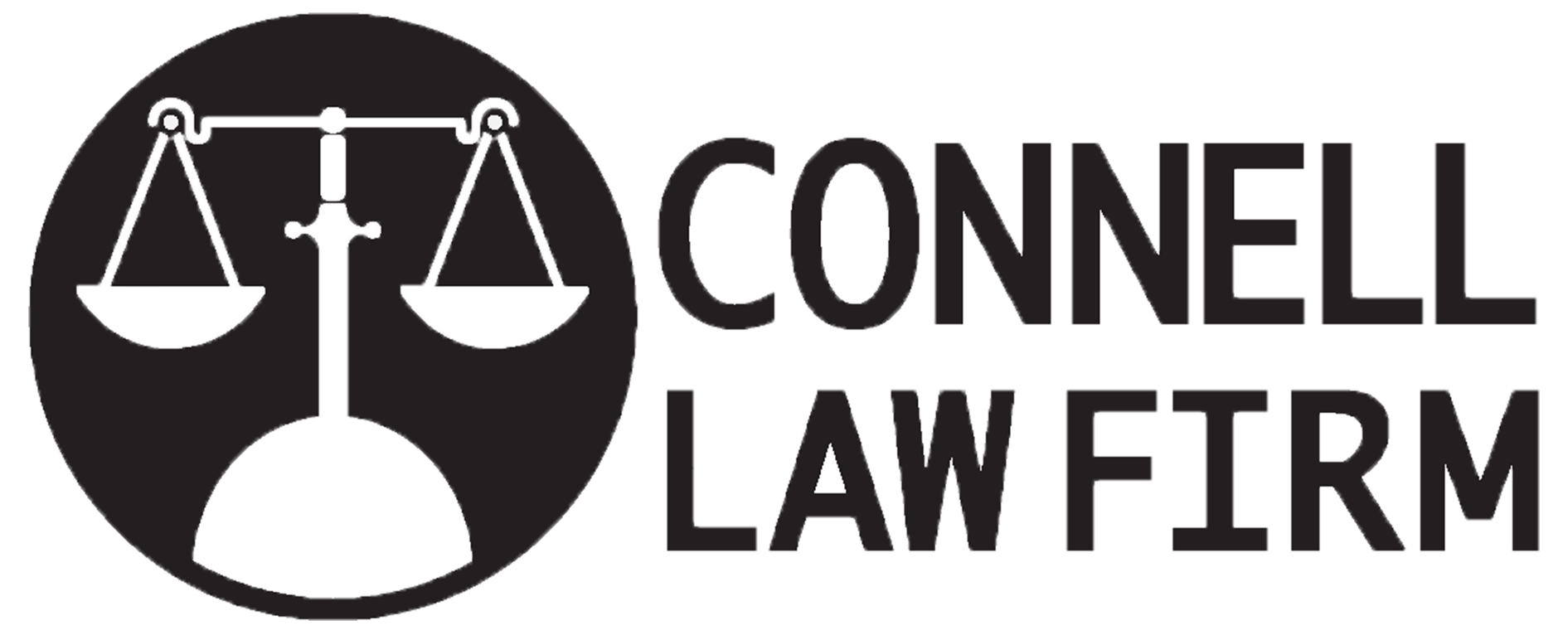Every year, playground injuries bring around 220,000 children younger than 14 years to emergency rooms across the country. South Carolina and even its small cities like Elgin see their fair share of cases, many of them related to faulty playground equipment. Children fall, slip, bruise their knees and elbows, hit their heads, or injure their spines.
Unfortunately, few parents in Elgin know how to recognize faulty equipment. Many of them have no idea that, when their child incurs playground injuries while using defective equipment, they can seek compensation for medical expenses and even for the child’s pain and suffering.
If your child was hurt while using faulty playground equipment, you may have the right to sue the party at fault for their injuries. However, before you sue anyone, you should follow three simple steps:
- Make sure the playground equipment is indeed faulty and gather evidence to prove it.
- Find out who is responsible for your child’s injuries.
- Contact an experienced personal injury attorney in Elgin, South Carolina to discuss your child’s playground injuries.
Since each of these steps is a little more complicated than it seems at first sight, let’s take a closer look at each of them.
Playground Safety Guidelines and How to Recognize Faulty Playground Equipment in Elgin, SC
The authority regulating playground safety across the U.S. is the Consumer Product Safety Commission. Their checklist is a great starting point for parents who want to make sure their child is safe on the playground or figure out if the playground their child incurred injuries on is faulty. Here are a few basic rules playgrounds have to meet and which, if broken, suggest faulty equipment:
- The playground equipment should have a surface of minimum 12 inches of mulch, sand, wood chips, pea gravel, or rubber mats all around it
- A protective cover should extend on a surface of at least 6 feet from the playground equipment in all directions
- The protective cover should also extend under swings, towards their back and front, on a surface two times longer than the suspending bar’s height
- Structures exceeding 30 inches in height should be located at a distance of at least 9 feet from one another
- The playground equipment should not have any dangerous hardware (protruding bolts, open “S” hooks)
- The openings in the playground equipment (guardrails openings, distances between ladder rungs) should be larger than 3.5 inches and smaller than 9 inches
- The equipment should have no sharp edges or points
- There should be no tripping hazards in the area (exposed concrete footings, rocks, cables, or tree stumps)
- Elevated surfaces (ramps and platforms) should be surrounded by guardrails to provide support to the children and prevent them from falling
- The equipment should be in good condition, with no cracks, fissures, or rots
- The children should be under permanent supervision, to make sure they use adequate equipment for their age and in the manner that equipment’s design allows
If you see any deviations from these guidelines in the playground equipment your child was using when they incurred the injuries, unlock your smartphone or bring your camera and start taking documenting those deviations.
Determining Liability for Playground Injuries in Elgin SC
Before you can sue anyone for neglecting your child and allowing them to get hurt, or for failing to ensure playground safety, you need to find out how the injuries occurred and who is responsible for them. Depending on the circumstances, you may have to sue:
- The daycare, school, church, or club on the property of which the injuries took place, or whose personnel was responsible for supervising your child
- The playground owner or operator if they did not ensure adequate maintenance, warn about existing dangers, instruct children on how to use the equipment, and make sure the children use equipment adequate to their age
- The playground designer if the structure is dangerous and does not comply with the playground safety standards in force
- The playground manufacturer if they did not follow design, used improper materials, or made mistakes during the assembly process
- The maintenance service provider, if they did not identify and repair obvious defects, did not comply with the inspections and repairs schedule, or provided poor quality services
If you are not sure you have a case or you cannot determine who is responsible for your child’s pain and suffering, a lawyer can surely help.
Contact an Elgin, SC Playground Injuries Lawyer to Discuss Your CAse
Whether your child incurred the injuries only recently, or more time has passed and you cannot keep up with the expenses, a consultation with a lawyer will surely help. It will give you the chance to:
- Share your story with someone who understands and cares
- Receive help evaluating playground safety and proving eventual faults
- Find out if you have the right to sue and request compensation for your child’s playground injuries
- Identify the party at fault for the child’s injuries and sue them
- Save time, money, and peace of mind by letting the attorney handle the procedures
If you want an experienced, compassionate, and dedicated Elgin playground injuries lawyer on your side, contact the Connell Law Firm now, and schedule a consultation by calling 803.310.5700 or by filling in the online form.
View these other frequently asked questions pages:
What Should You Look for When Researching a Nursing Home in South Carolina?
Evidence You Need When Filing a Wrongful Death Claim
Factors That Can Lead to the Dismissal of Your Premises Liability Claim

